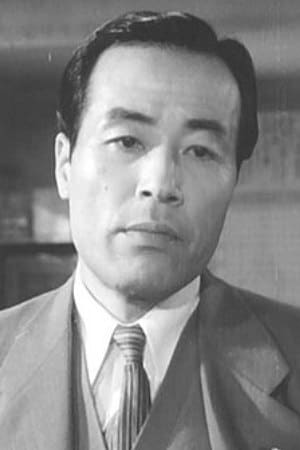
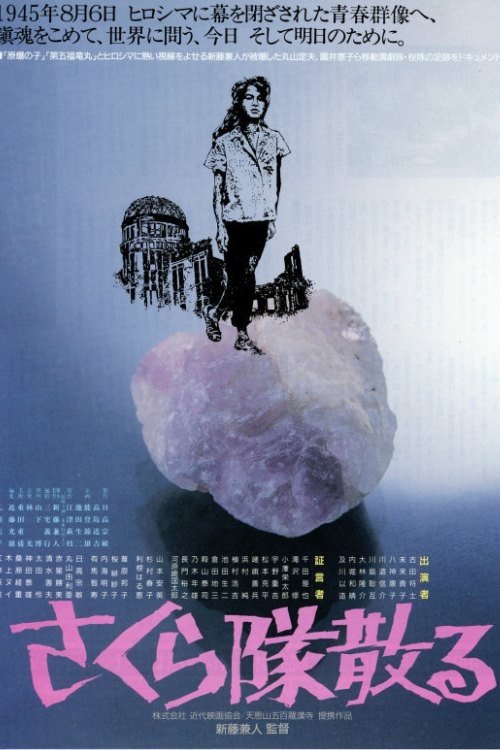
A documentary about the lives of actors in the Sakura-tai theatrical troupe, which had arrived in the island of Hiroshima to begin preparations for the staging of a play just before the atomic bombing.

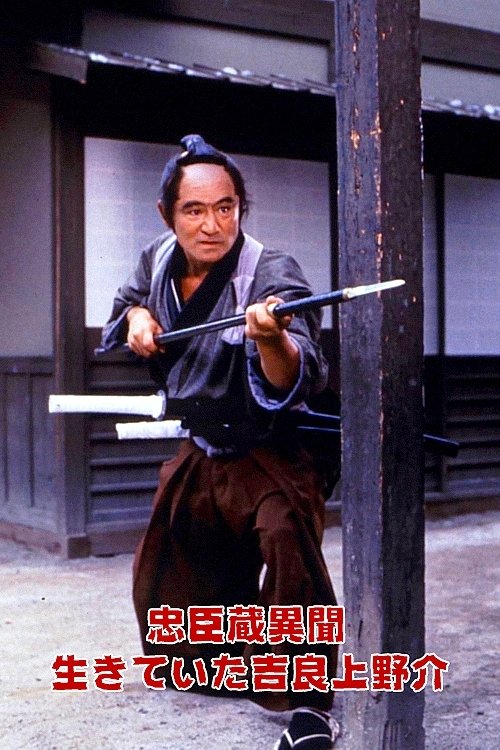
Mori Kojiro, a member of the Akō Ronin, fails to identify Kira Kozukenosuke before their attack and is publicly banished by Ōishi Kuranosuke. Ōishi later apologizes privately, revealing that Kira has a decoy and assigning Mori a secret mission to kill the real Kira if necessary. Devastated, Mori finds solace with Okame, a local bar owner. After the ronin avenge their master, Mori, believing their mission complete, plans to leave his samurai life for Okame. However, Terazaka Kichiemon reveals that Kira was not killed but fled, and the decapitated man was a decoy. Mori decides to complete his mission and hunt down the real Kira.
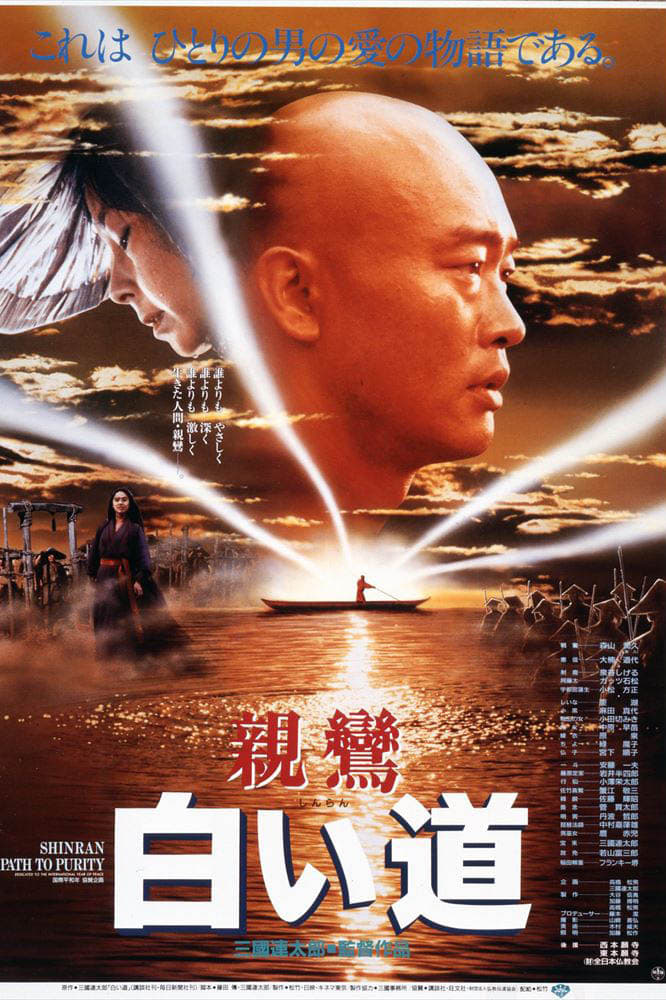
In the 12th century, Buddhism was still a relatively new religion in Japan. At that time, one school (Shingon) offered extensive training in complex and very demanding practices which might eventually bring about spiritual purification and realization. Various Zen schools offered students a lengthy path, literally composed of a blank wall and unceasing meditation. Yet another school (Tendai) emphasized complex metaphysics and the study of philosophical systems. Basically, all of them were designed to cater to the few who were able to give up everything else in their lives and focus on liberation, such as scholars and noblemen. In this historical and biographical drama, this is the situation that the young Shinran (1173-1263) discovered when he began exploring Buddhism as an alternative to the violence and ceaseless civil wars that racked Japan at the time.
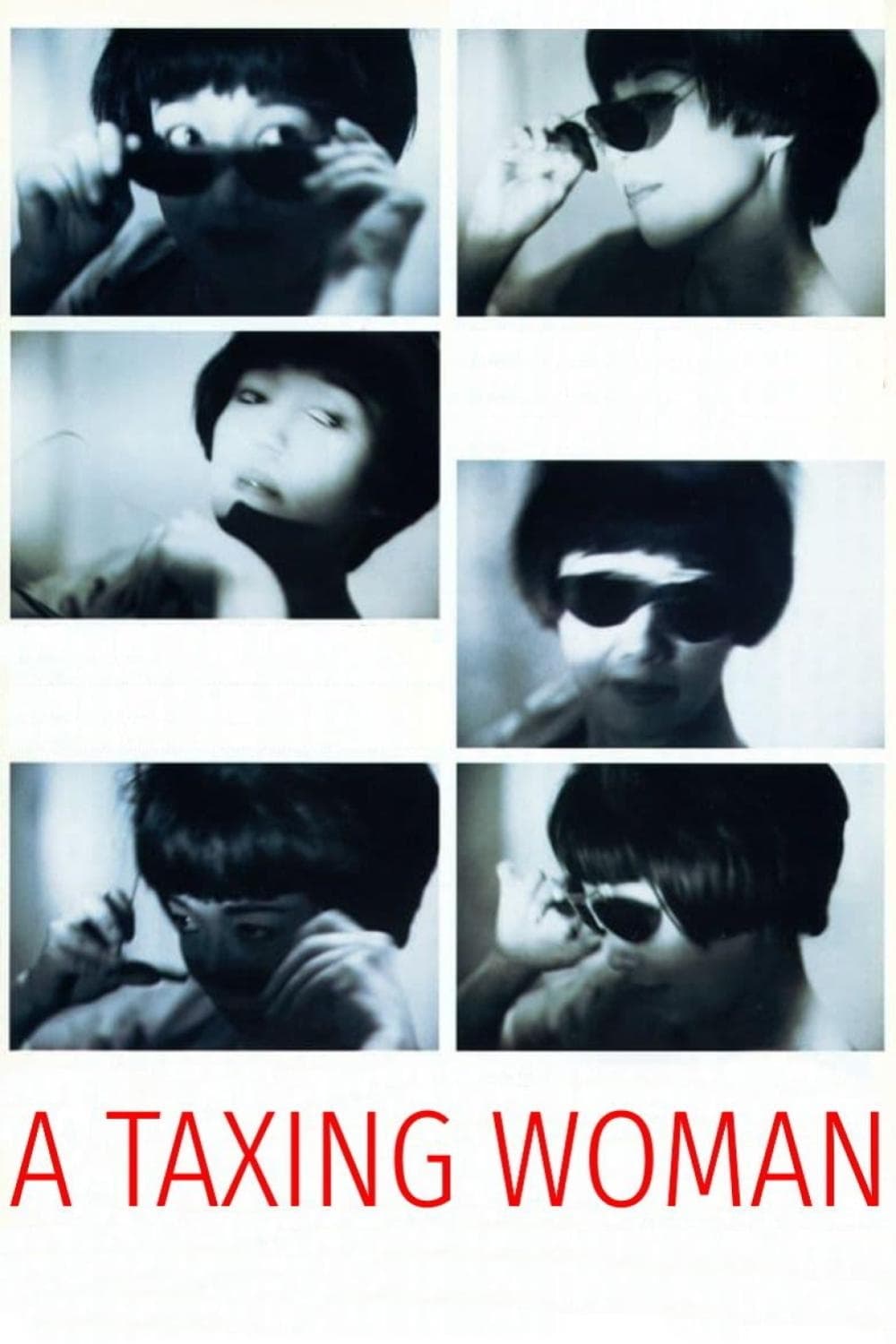
Intrepid tax investigator Ryoko Itakura sets her sights on the mysterious and philandering Hideki Gondo, a suspected millionaire and proprietor of a thriving chain of seedy hourly hotels, who has for years succeeded at hiding the true extent of his assets from the Japanese authorities. Itakura and Gondo soon find themselves engaged in a complicated, satirical battle of wits.

Three men sentenced to death are spared and changed into “shadows executioners”, a group of ruthless ninja working for mysterious high ranking officials. During their investigation on some illegal business, one of them, called “Yazuke the Viper”, finds his abandoned daughter, Ocho, who has now become a mistress of Denzo, a smuggler. After Yazuke’s death, Ocho is also recruited as a “shadows executioner”, with the task of completing her father’s mission.
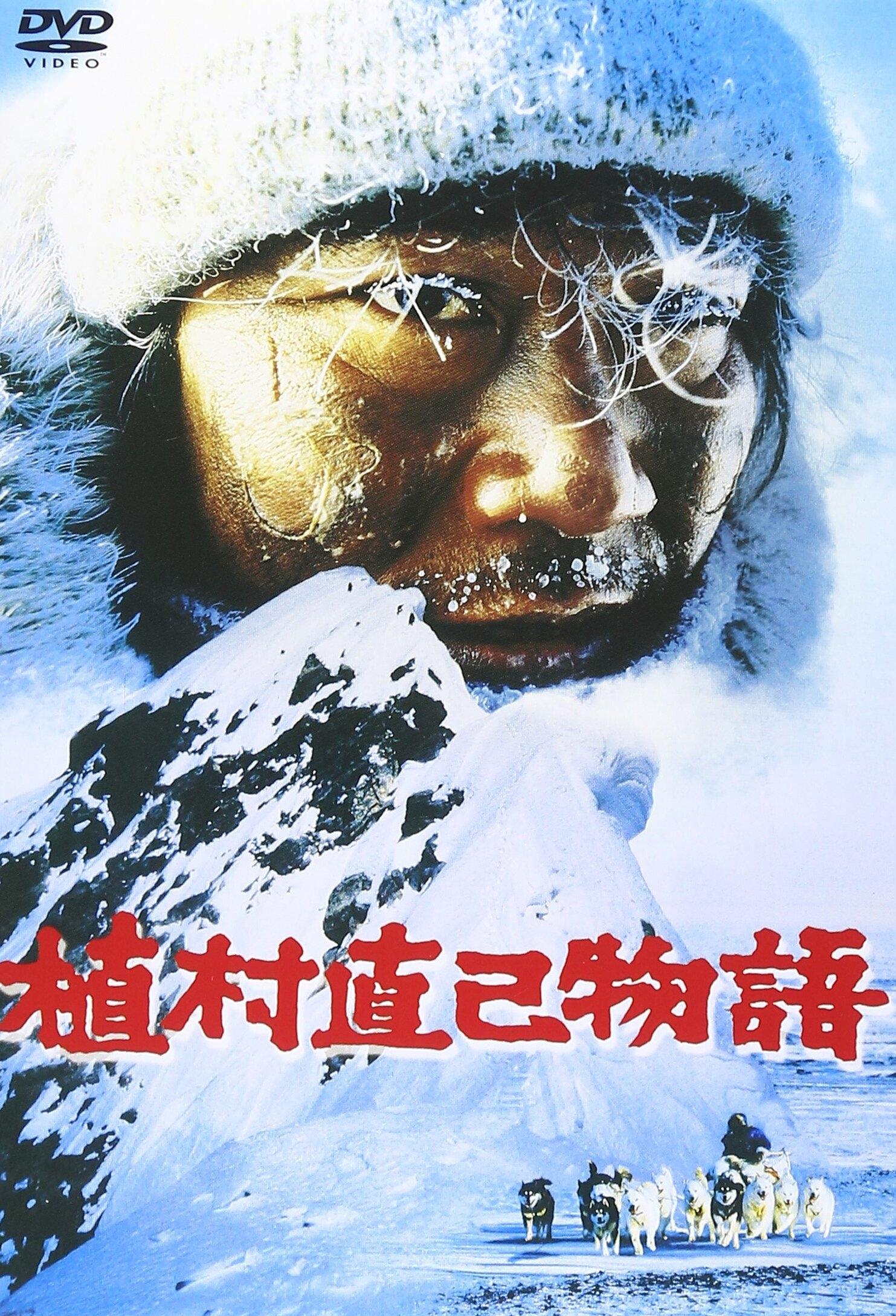
The life and travels of adventurer Naomi Uemura, who disappeared in Alaska in 1984. A member of the first Japanese expedition to reach the summit of Mt Everest in 1970, Uemura also accomplished several "firsts". He was the first man to reach the North Pole solo, climb Denali solo, and float down the Amazon river solo. In the film, Uemura returns to Tokyo after a stint in Siorapaluk in Northern Greenland. In Tokyo, he reconnects with an old friend and, over coffee, shares his life story - from his days as a college dropout to his successful expedition to the top of Everest.
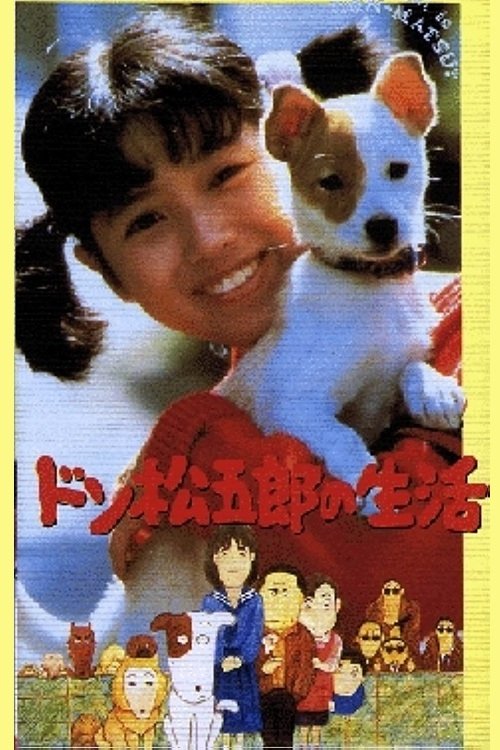
Children's movie about a dog that can type messages into a word processor. When his owner is kidnapped, the canine summons his fellow dogs to help in the rescue effort.
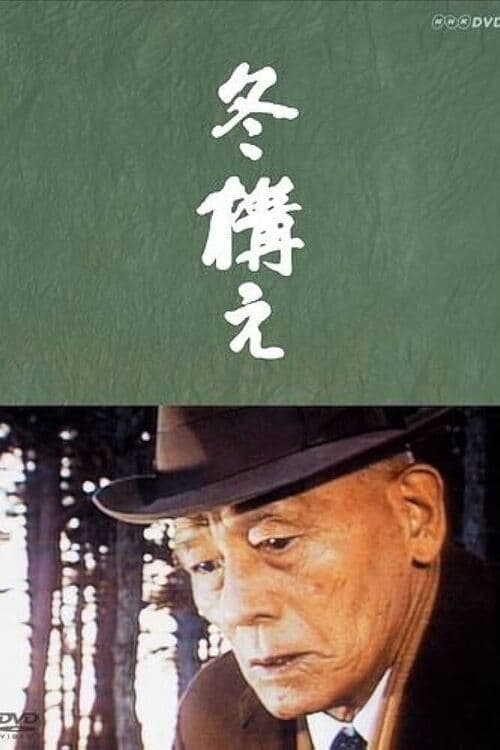
An old man cashes in all his possessions and sets off on a journey to the Tohoku region in late autumn. Along the way, he visits a friend on his deathbed and develops a faint affection for an elegant old woman, but the purpose of his journey is actually to find a place to die. He gives a large sum of money to a young couple, who are poor but have a dream for the future, and tries to throw himself into the sea. The movie depicts the loneliness of an old man who has lost his wife.

Shuhei, a mystery writer, is invited to a dinner party at a country house. The guests include Tanase and his wife Noriko. Next day, Tanase is shot and Noriko with a gun stands near him. Tanase calls one of the guest's name and dies.
Eitaro Ozawa (小沢 栄太郎, Ozawa Eitarō, 27 March 1909 – 23 April 1988) was a Japanese actor. He appeared in more than 200 films between 1935 and 1988.
By browsing this website, you accept our cookies policy.